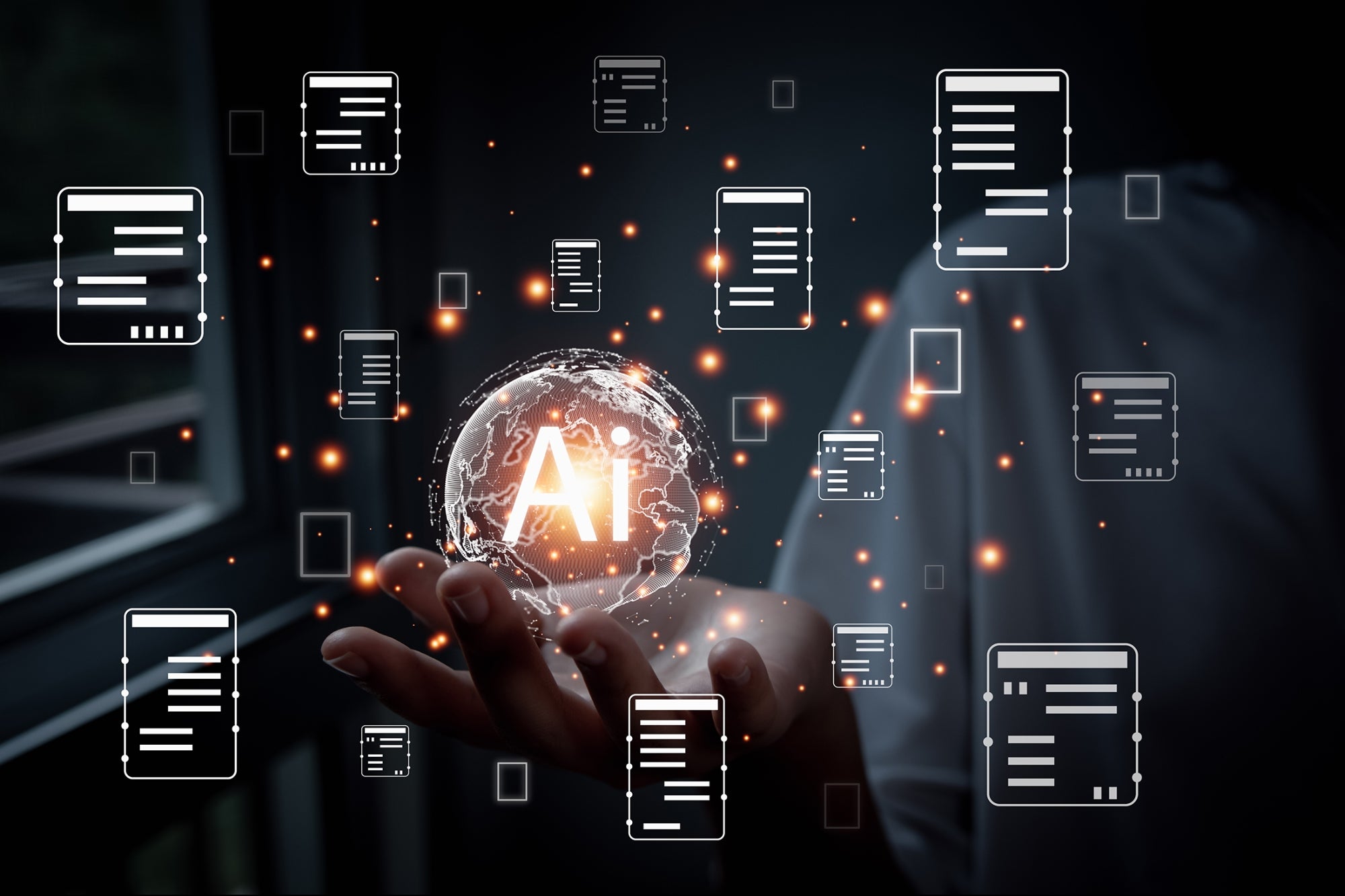Opinions expressed by Entrepreneur contributors are their own.
As the co-founder and CEO of Propel PRM, a public relations management (PRM) platform, I have had firsthand the transformative impact of AI-driven technology on the PR industry. Indeed, one of the most exciting developments in the past few months has been the rise of generative AI platforms enabling PR professionals to work more efficiently and more effectively.
People in communications are quickly adapting to the use of generative AI, and the technology seems to portend a major shift in how corporate communications will be done going forward.
Related: Why Are So Many Companies Afraid of Generative AI?
What does it do?
At its core, generative AI enables machine learning algorithms to generate new content based on existing data sets. In PR, this means that AI is used to create first drafts of press releases and pitches and importantly for people in communications, media list building. This is because media list building requires in-depth knowledge of the journalistic landscape to understand who to pitch to, but it also takes up the vast majority of a person in PR’s day.
Generative AI trained on large language models (LLMs) can automate these core communications tasks by analyzing vast amounts of data and information from across the internet within seconds, identifying patterns and trends that human comms professionals might miss. By being able to tell people in PR, with near pin-point accuracy, how they will be able to create the most impact for their organizations, using these generative AI tools ultimately leads to more effective and targeted PR campaigns.
How is it used today?
The datasets being leveraged to enable generative AI to alleviate the work of PR pros varies depending on the needs of the PR campaign. For example, AI might analyze social media data to identify trending topics and create tailored content, look through previous articles to understand what a journalist is most likely to write about and whether they would be a good fit for a particular media list, find similar journalists who would be interested in receiving a particular pitch or press release, or simply look at data from successful pitches to understand the most effective way to structure a pitch for maximum effect.
Of course, as with any new technology, there are concerns about how these algorithms will change the PR industry. One is that AI-generated content might lack the creativity and nuance of content created by humans, make mistakes, or create inappropriate or offensive content. While these are valid concerns, they can be mitigated by ensuring that AI models are trained adequately on good datasets and, most importantly, that the results are curated and edited by living, breathing human PR professionals.
Related: How to Leverage Artificial Intelligence in Public Relations
People have the power
One of the best ways to work with AI and ensure that the communications professional gets the best results is by treating any created outputs as a first draft. Anyone using this technology must understand the risks of using it and therefore needs to edit any output they receive from an AI-powered generator. And yet, despite this need for editing, I’ve found that AI can still get 70% of the legwork done when it comes to creating content. However, that remaining human-driven 30% really turns a good first draft into a strong, compelling final product.
Another worry is that AI might replace human PR professionals altogether. While it’s true that technology can automate many of the more mundane tasks in communications, humans will always be required for the strategic work and relationship-building inherent to the job. Therefore, I believe that human expertise and intuition will always be essential in the PR industry, but AI will enable PR professionals to work more efficiently and effectively.
Of course, AI models will become more sophisticated and better at analyzing complex data sets as development continues, and they will be able to generate more targeted, nuanced and effective content in achieving PR goals. At the same time, human PR professionals will continue to play the critical role of crafting the messaging and strategy, building relationships and providing strategic guidance.
Ultimately, the successful integration of generative AI into the average PR professional’s workflow will depend heavily on the collaboration and partnership between human communications professionals and AI algorithms. Only by working together can PR people leverage AI’s power to achieve their goals while ensuring that the content they create is ethical, practical, and aligned with their values and objectives. I’m excited about the opportunities that generative AI presents, and I believe that by embracing this technology, we can create more successful PR campaigns that benefit our clients and society.







